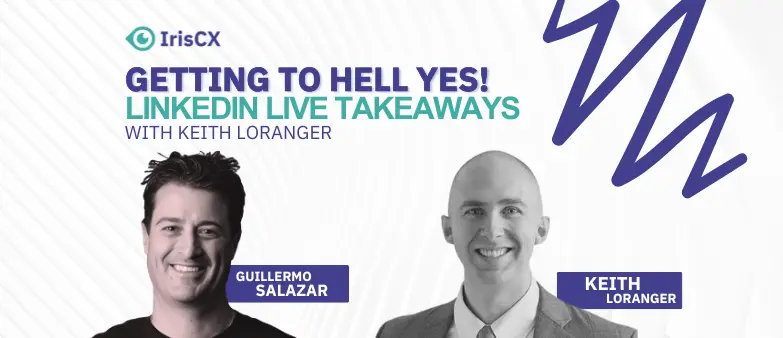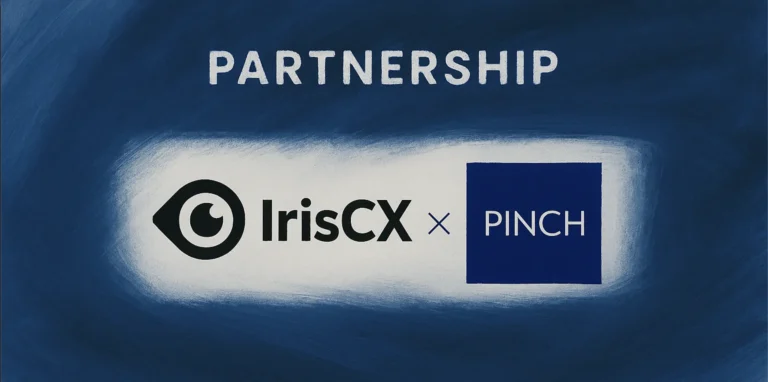The Journey of a Problem Solver in Real Estate Development
Keith Loranger isn’t your average real estate professional. As Principal at Nautare, he manages high-stakes development projects requiring expert problem-solving skills.
Selling Isn’t About Pushing—It’s About Alignment
Real estate development is built on relationships. Decision-makers don’t buy based on logic alone—they buy based on trust, proof, and timing.
Getting to ‘Hell Yes’ by Understanding the Owner’s Perspective
1. Follow the Money
Every project has a financial structure. Keith ensures his services align with the client’s financial goals:
- Flipping properties for resale
- Holding assets long-term
- Leasing to generate revenue
2. Define Success
Understanding client priorities is key:
- What does success look like?
- What are the must-haves vs. nice-to-haves?
- How do they define long-term project satisfaction?
3. Position as an Investment, Not a Cost
Keith demonstrates how his services pay for themselves through reduced change orders, optimized contingencies, and minimized legal risks.
The Power of Trust, Process, and Reputation
Trust Comes from Referrals
Real estate relies on reputation. Past client recommendations are more powerful than sales pitches.
A Repeatable Process Scales Success
Keith developed a Project Audit System to ensure predictable, high-quality outcomes.
Long-Term Thinking Wins Deals
By focusing on long-term relationships, Keith ensures repeat business.
3 Key Takeaways for Getting to ‘Hell Yes’ in Selling
- Know Your Customer’s Money Flow – Tie your service to revenue growth.
- Define Success Clearly – Ask, don’t assume.
- Build Trust Through Proof – Case studies and referrals matter more than pitches.
Final Thoughts
Keith’s success isn’t just about managing buildings—it’s about managing trust and risk. The same sales principles apply across industries:
- Understand customer pain points
- Align with their success metrics
- Deliver results, not just promises




